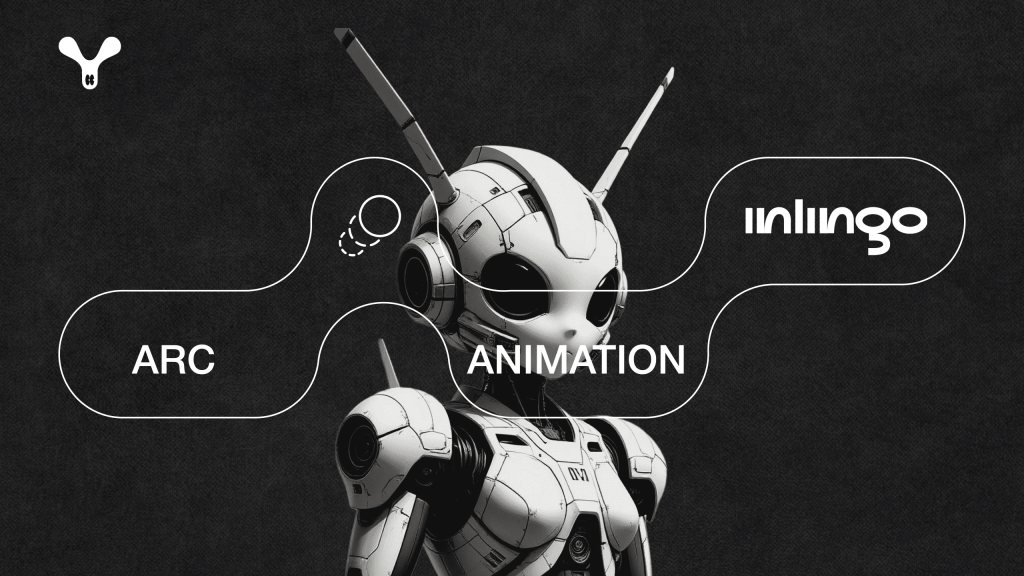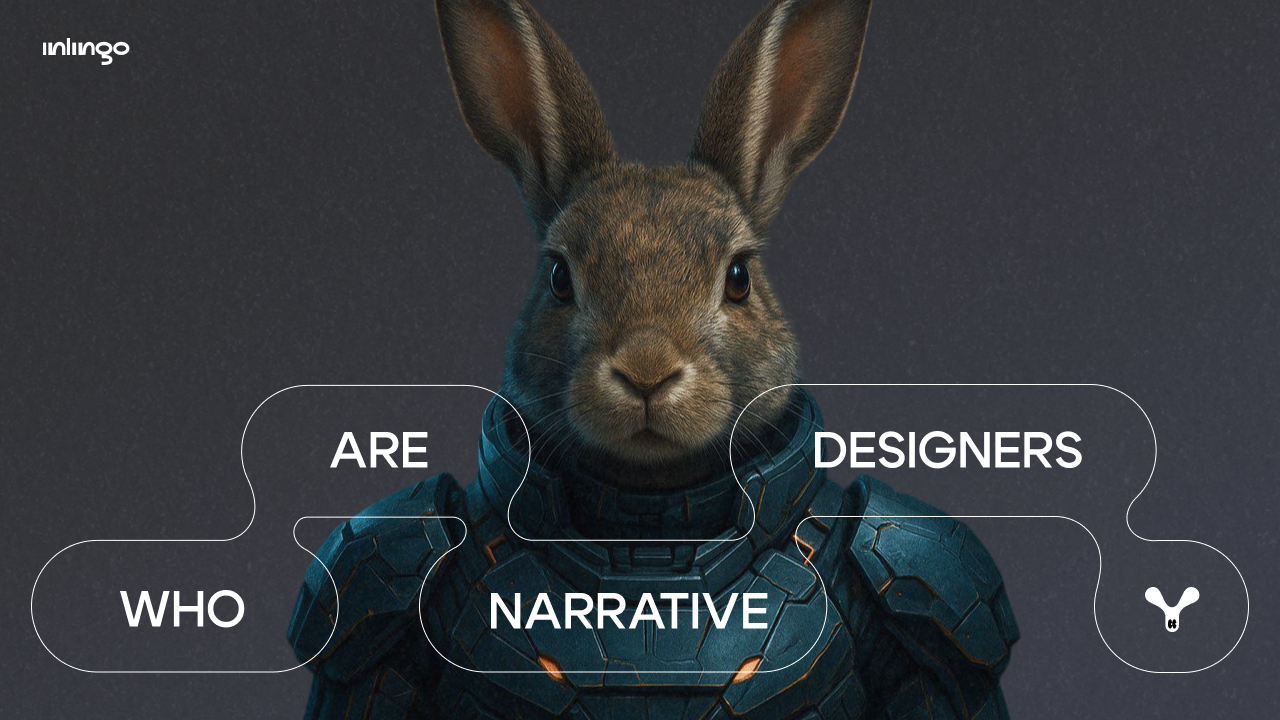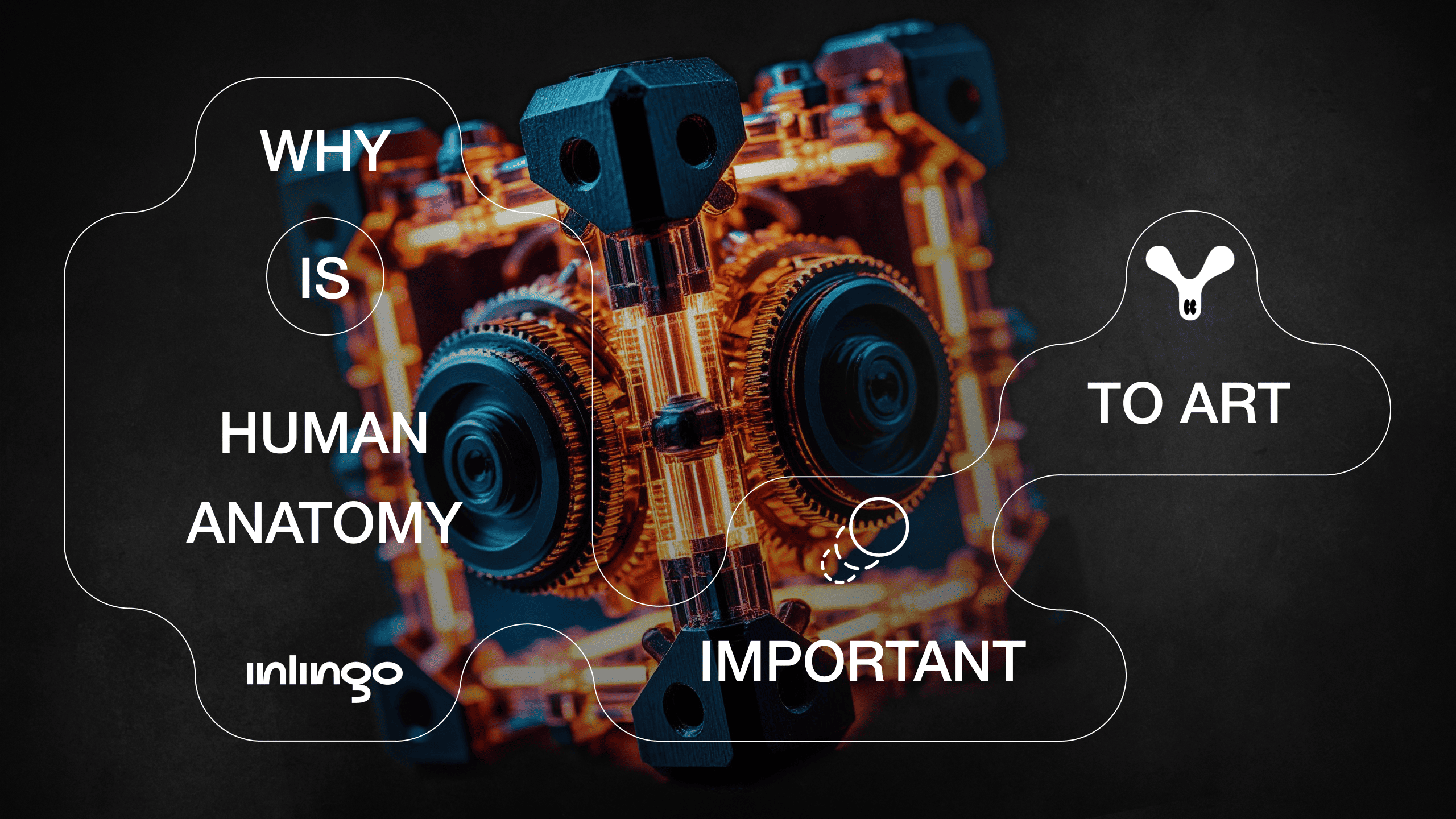Arc animation is one of the key principles that helps create natural, expressive movement in games and multimedia projects. Arcs convey a character’s weight, emotion, and personality. They don’t just move, they adhere to logical principles: physics, inertia, and rhythm.
Arc animation is important in projects that need to express something through movement: genres ranging from actions to platformers, and from puzzles to cutscenes. Let’s unpick what arcs are and explore how you can use them to make your project more impactful.
What are arcs?
Arcs are the curved trajectories that objects or characters’ body parts move along. Unlike linear transitions, arcs chart a more natural trajectory for objects, closer to how real physical movement works. A waving hand, the semicircular swish of a sword, a ball flying through the air—these are all examples of arcs.
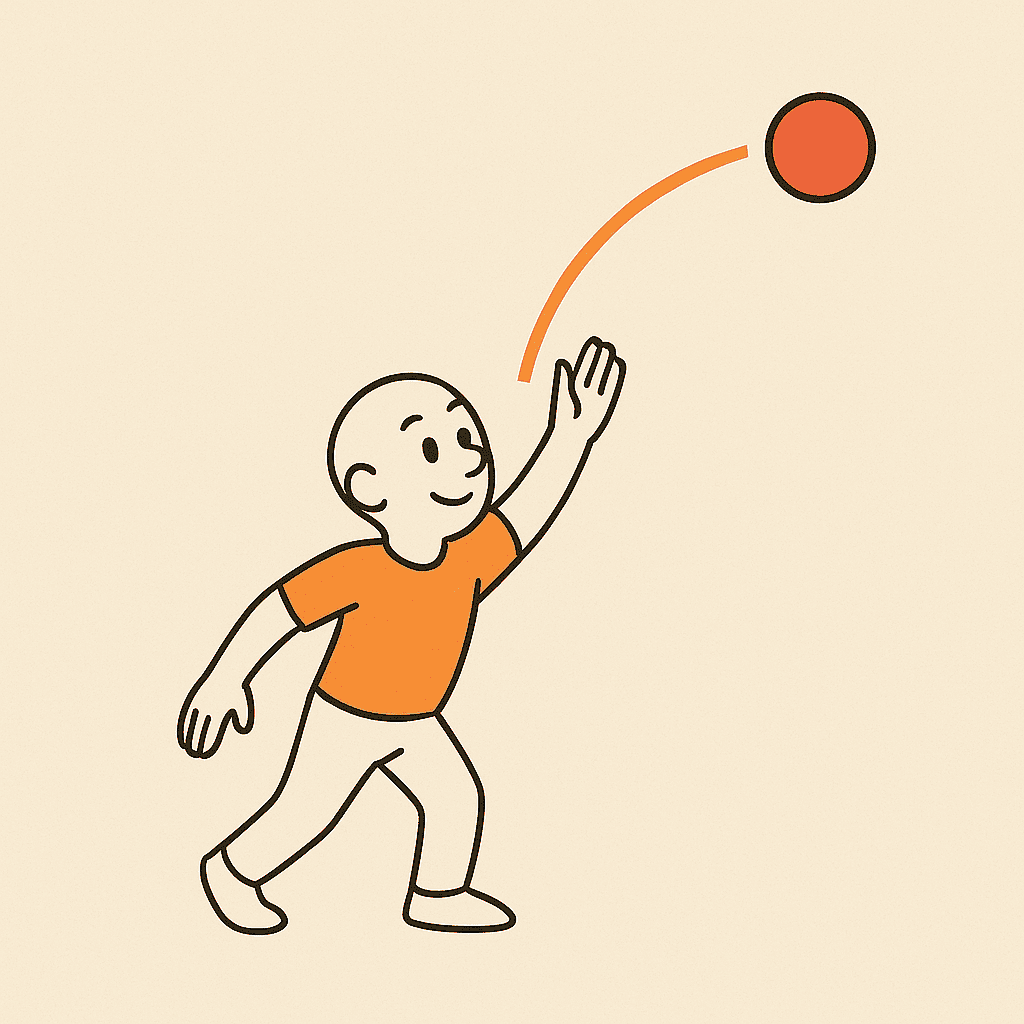
When a character throws an object, their arm moves in an arc. A ball flying through the air also charts an arc
Arc animation makes the movement of objects convincing. It helps give the player a feel of the mass, direction, and impulse, even in just a few frames onscreen.
What arcs give players
Arcs allow characters to move in accordance with the real laws of physics and the rules of the game’s imagined world, so arcs can lend movement a sense of lightness or weight and can even convey a character’s mood or personality.
Sense of mass
The correct trajectory of movement highlights that objects have weight. An imposing character with heavy arms will move in broader arcs. A light, spritely character will move in quick, compact arcs.
Example: God of War (2018)
The animation of Kratos highlights his weight and strength. When he hurls an ax or moves through a location, you can see his body making wide-arched movements with inertia—heavy swings. Even the ax throw features palpable inertia: the weapon flies in a protracted arc, and when recalled, the ax returns along a similar, characteristically arched path.
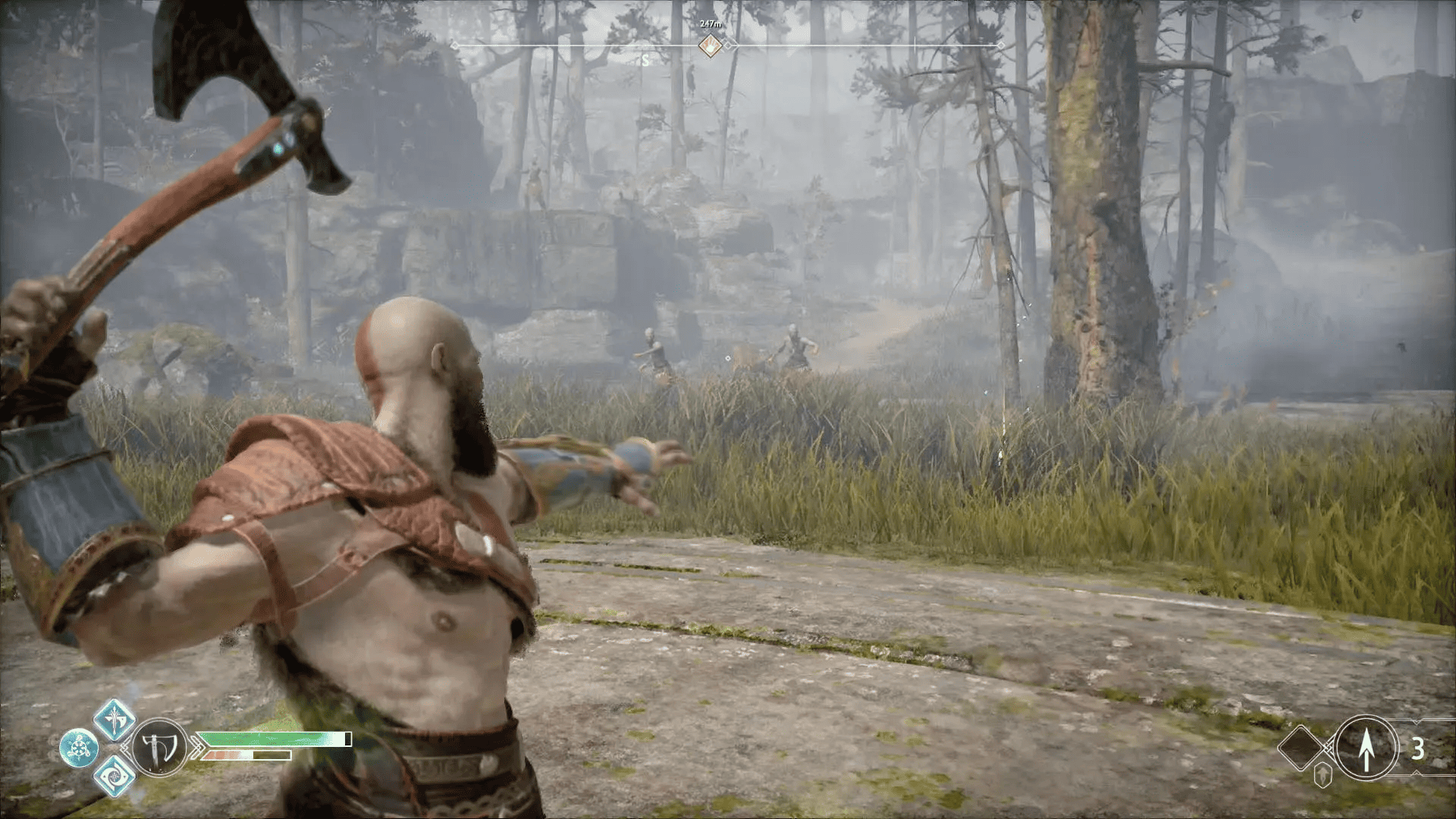
God of War. Source
Example: Hollow Knight
In contrast to Kratos, the Knight is light and agile. Their movements are swift and compact. Jumps, nail swings, and dashes follow short arcs, which highlight the Hollow Knight’s light build and high degree of maneuverability.
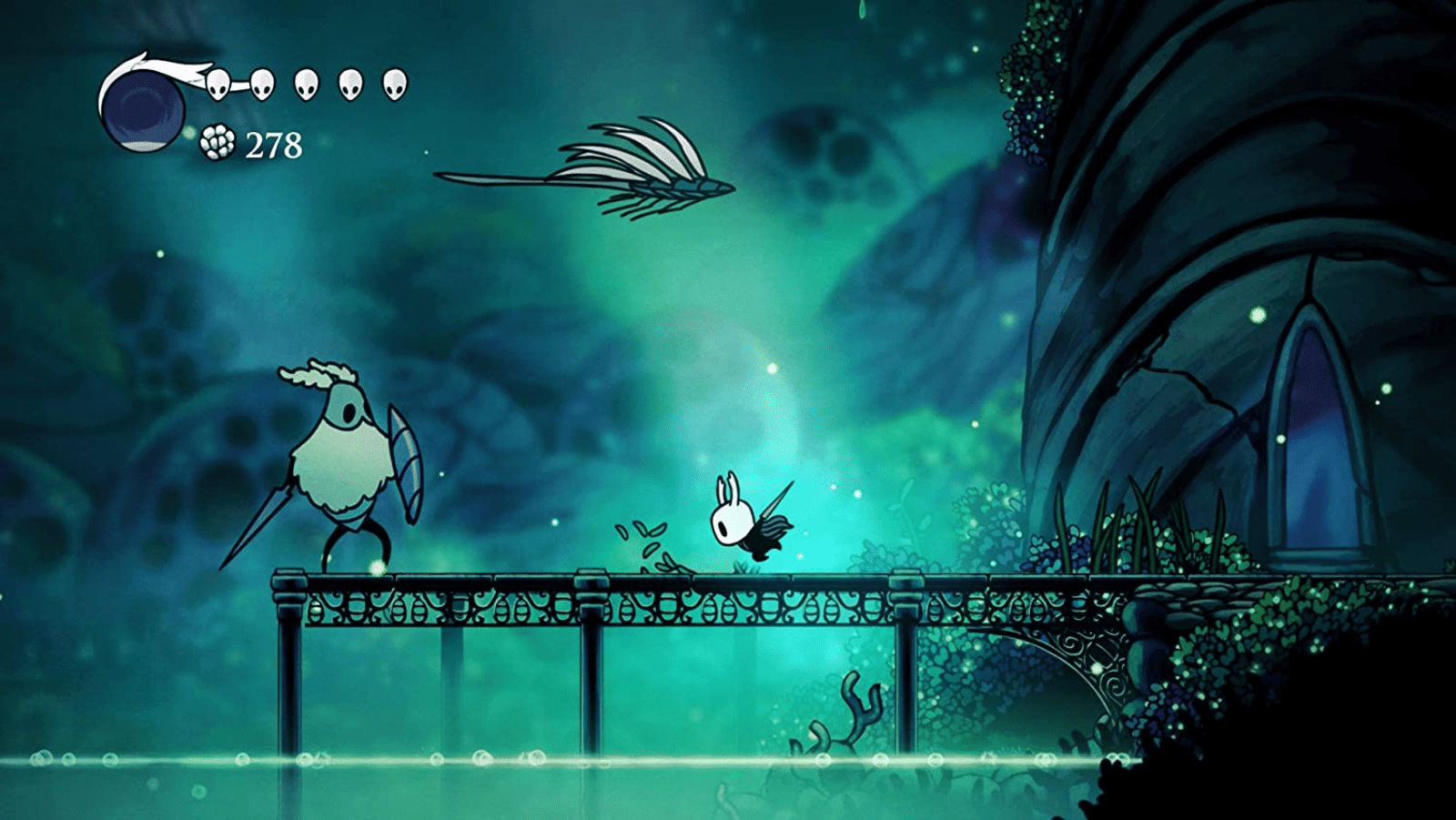
Hollow Knight. Source
Dynamic and even exaggerated movement
Arcs allow you to create exaggerated yet convincingly natural animations. Be it a jump, a strike, or a turn—all of these can be amplified with an arched movement. This intensifies the effect to create a bold, spectacular scene.
Example: Street Fighter VI
Arcs are particularly important in fighting games. When characters deal blows, about-face, or execute Super Arts and Critical Arts, the trajectories of their moves are exaggerated to create the effect of strength and speed. Strikes chart spectacular arcs, even if no one actually fights like that in real life. This makes animations recognizable, expressive, and impressive.
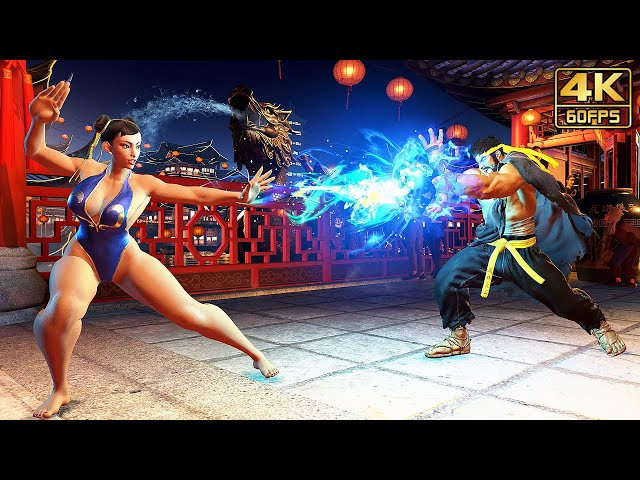
Street Fighter VI. Source
Example: Cuphead
The animation in Cuphead is an ode to arcs. The exaggeration is taken to the max here: objects, enemies, and even characters’ body parts chart trajectories are blown way out of proportion. This doesn’t inhibit perception, on the contrary, it strengthens the visual appeal of the spectacle and helps the player to catch separate actions and objects onscreen.
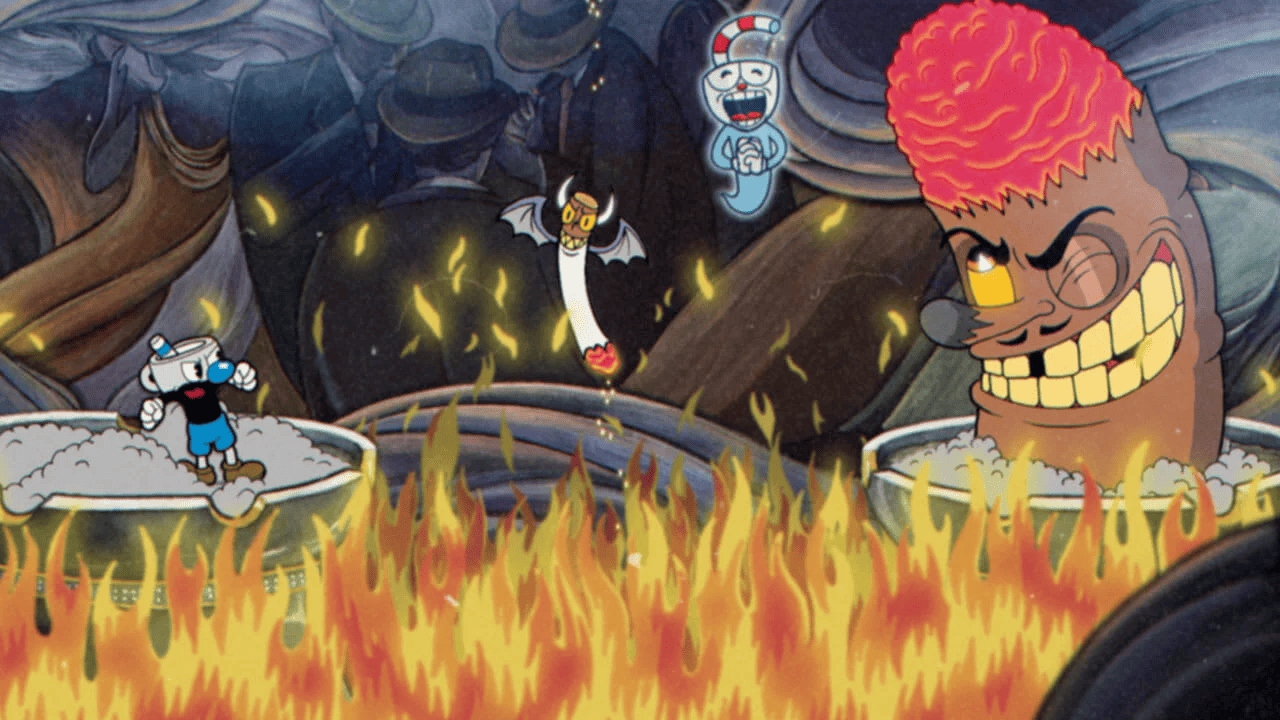
Cuphead. Source
Characters’ personalities and their emotions
The way a character moves tells you directly about their character. Discreet arcs show that a character is reserved. Wide, sweeping arcs show that they’re brave and impulsive. Arc animation helps reveal a character’s personality without words, using body language.
Example: The Last of Us Part II
The animation of Ellie and other heroes here is an example of how character can be expressed subtly through a motion. Ellie’s arcs are cautious, almost tense in the moments when she’s sneaking up or getting ready to strike. They’re sweeping and furious in fits of rage or battle scenes. Even the simple scene of mounting a horse has character: Ellie does it swiftly but carefully—like someone who lives a life of survival.
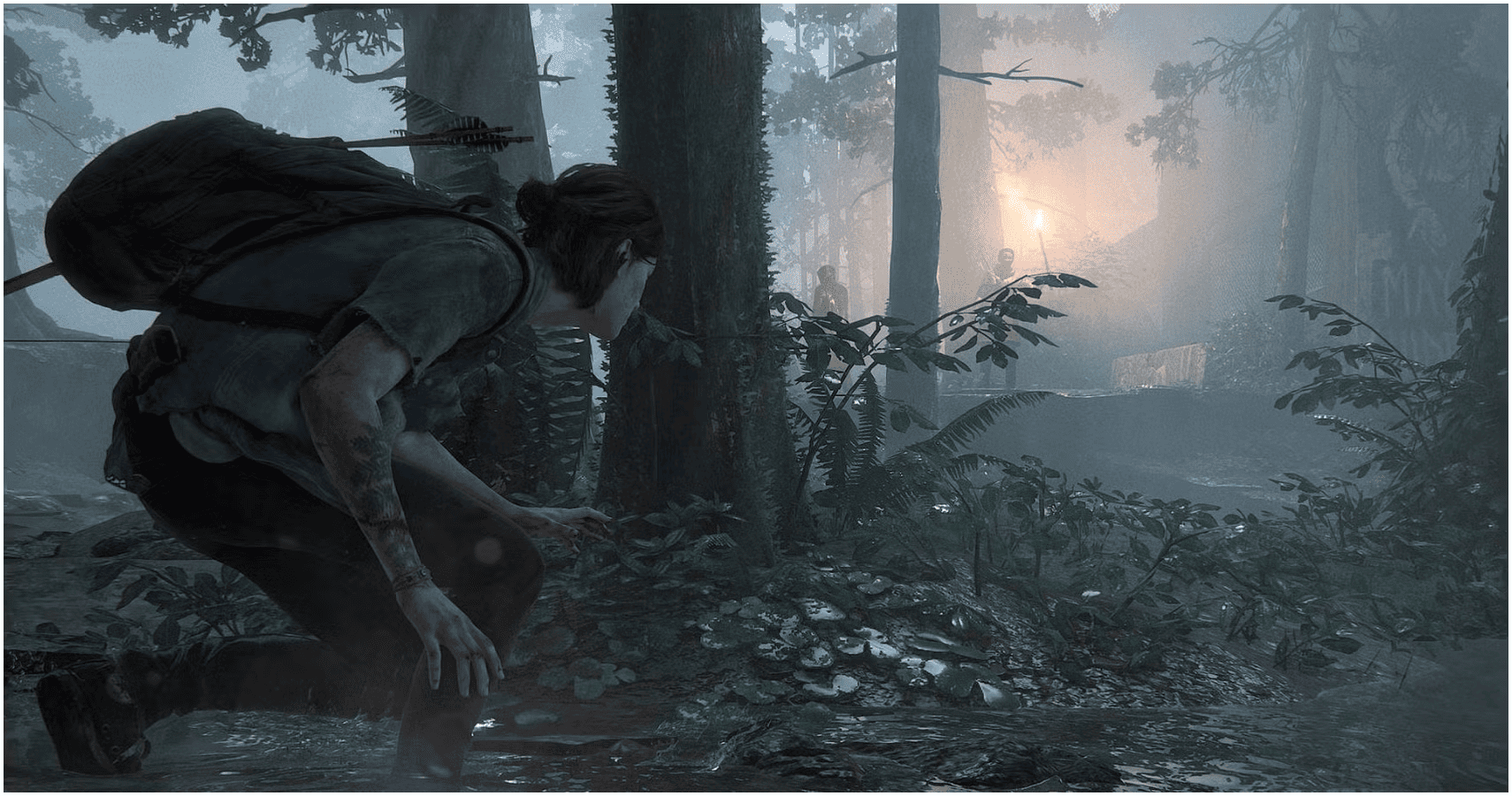
The Last of Us Part II. Source
Example: Overwatch
Each hero has their own animation style. For example, Tracer moves in sharp, energetic arcs, which highlight her lightness and impulsiveness. But Reinhardt is the opposite, his motions are slowed and solid, with arcs that follow big, heavy trajectories. This makes the characters recognizable, even if you just glimpse them for a couple of seconds in battle.
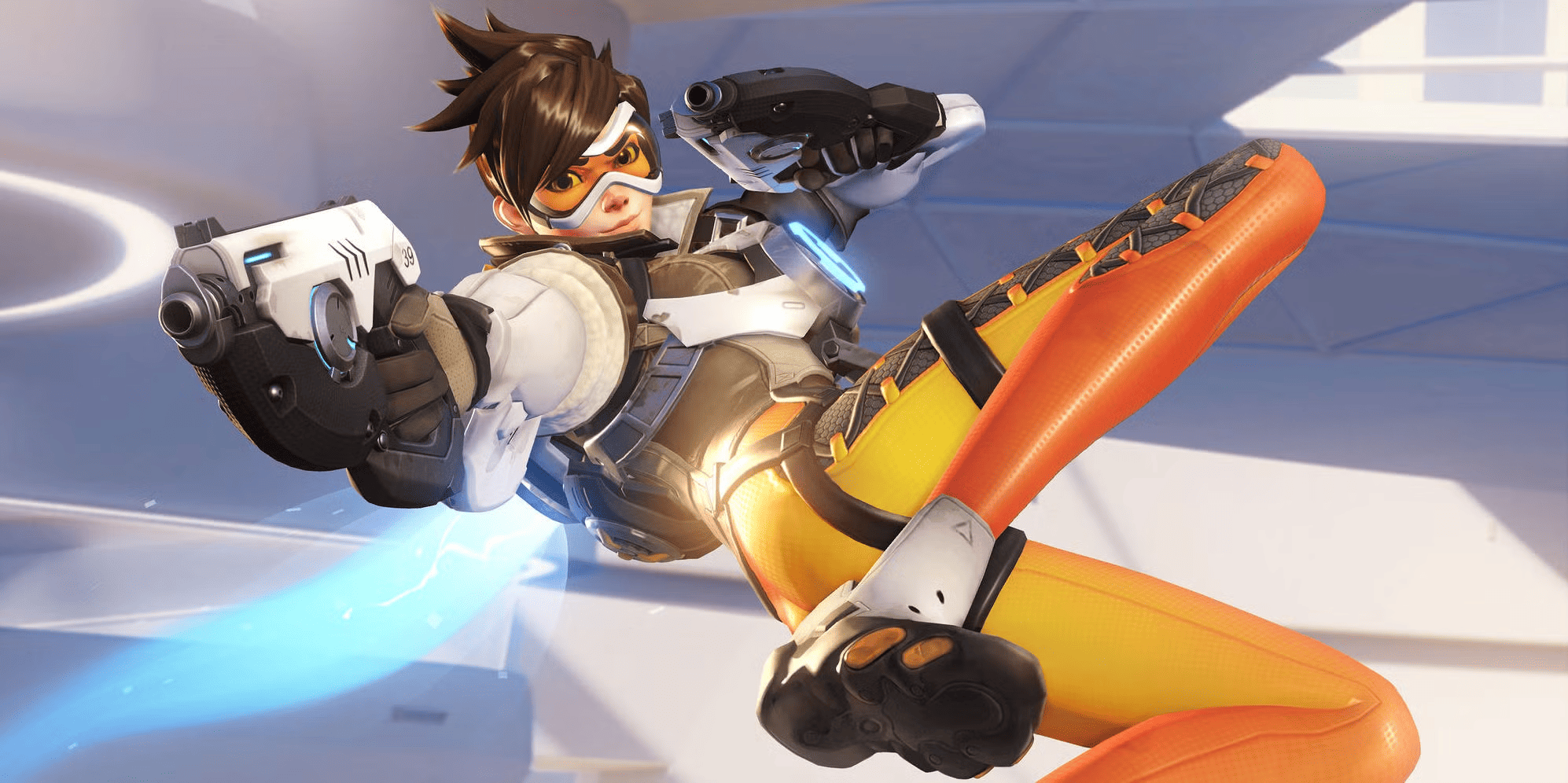
Overwatch. Source
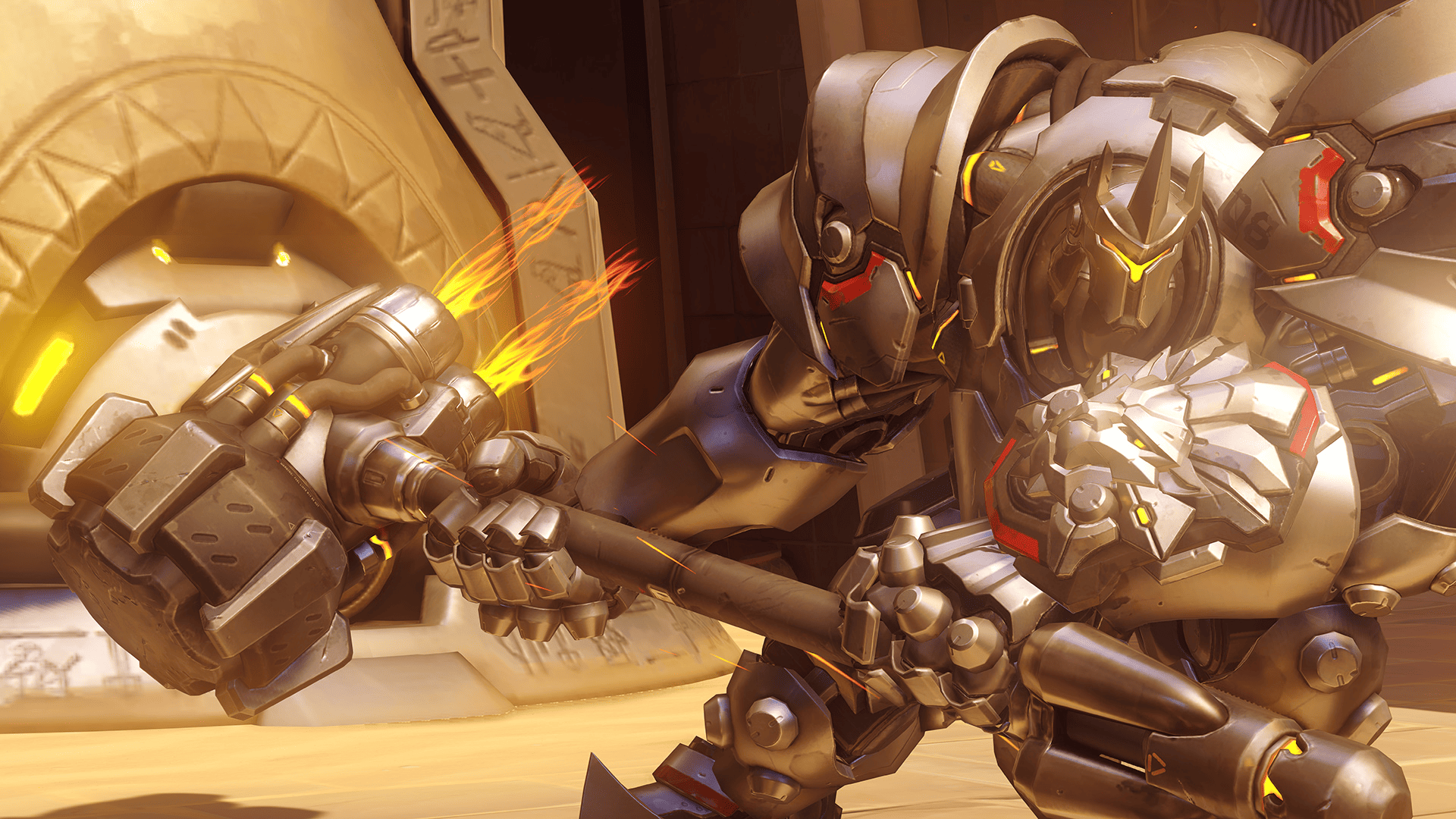
Overwatch. Source
Types of arcs
Circular arcs
Classic circular arcs are the simplest shape. For example, when a sword or a character’s ball throw traces its full-circle trajectory. They stand out and are easy to spot onscreen, so they work well in action and fighting games.
Example: Dark Souls III
When the player attacks with a sword—especially a heavy weapon—you can clearly see a classic circular arc. The swing and blow chart an almost perfect trajectory, highlighting the power and weight of the weapon.
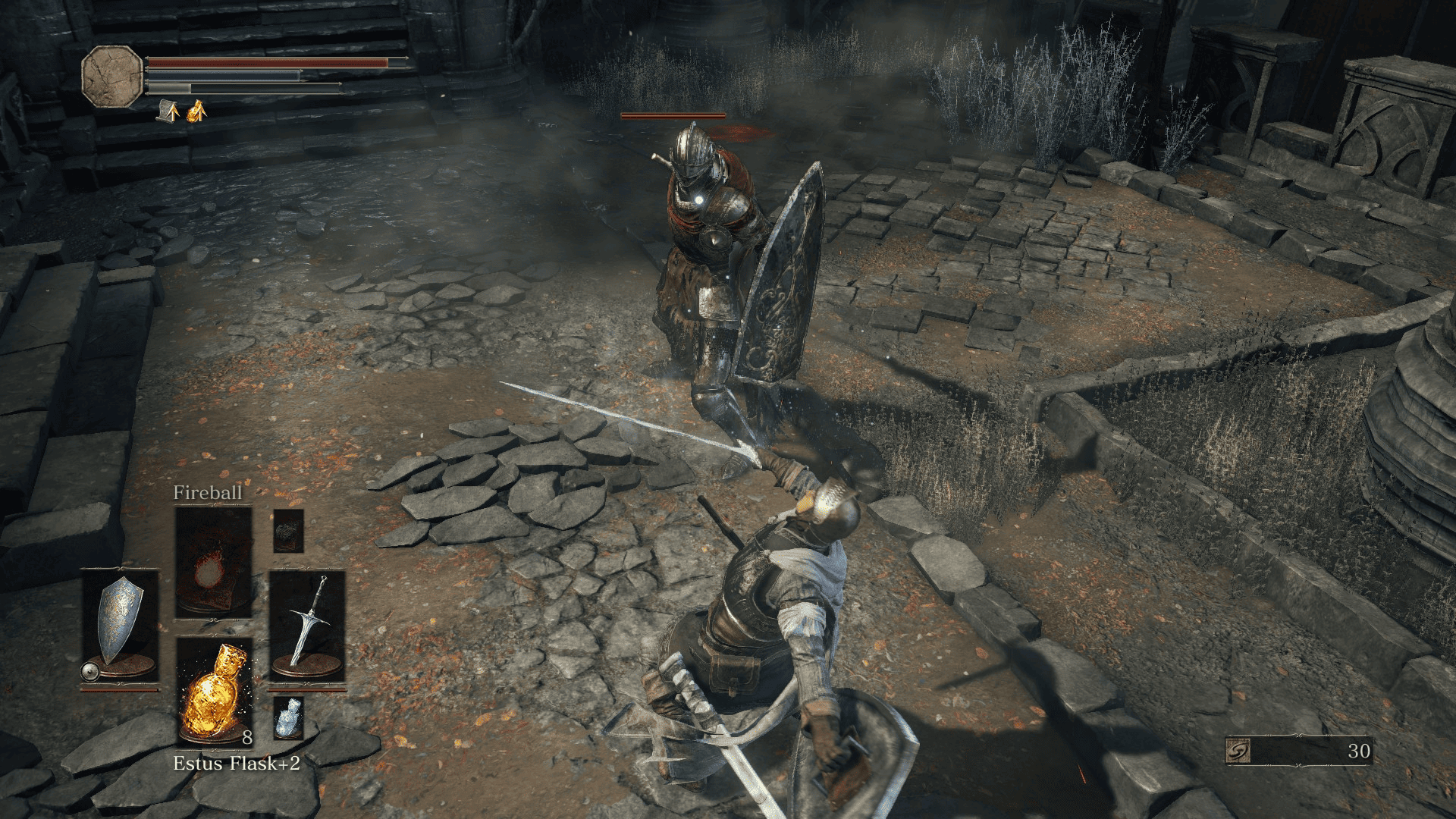
Dark Souls III. Source
Elliptical arcs
These arcs are encountered more frequently, e.g., when walking, jumping, or turning. Ellipses allow you to convey more realistic motion, close to what you observe in real life.
Example: Uncharted 4
Nathan Drake moves along realistic trajectories. Rolls, jumping over gaps, turning his body—all of these movements follow soft, elliptical arcs. They’re not perfectly round circles, but that’s precisely what makes the animation more realistic: the movements appear lifelike and natural.

Uncharted 4. Source
Irregular arcs
Sometimes the trajectory of a movement doesn’t conform to a clear-cut shape, like in more cartoonish animation or far-fetched fantasy scenes. But even these arcs should be well thought out: they lend uniqueness while still adhering to logic.
Example: Ori and the Will of the Wisps
A fantasy, almost fairy-tale game, where the trajectories of a character’s movement frequently disobey the laws of physics as we know them. For example, double jumps, turns in midair, and floating—the arcs here are distorted, yet they look organic in the context of the game’s world. This makes for unique gameplay.
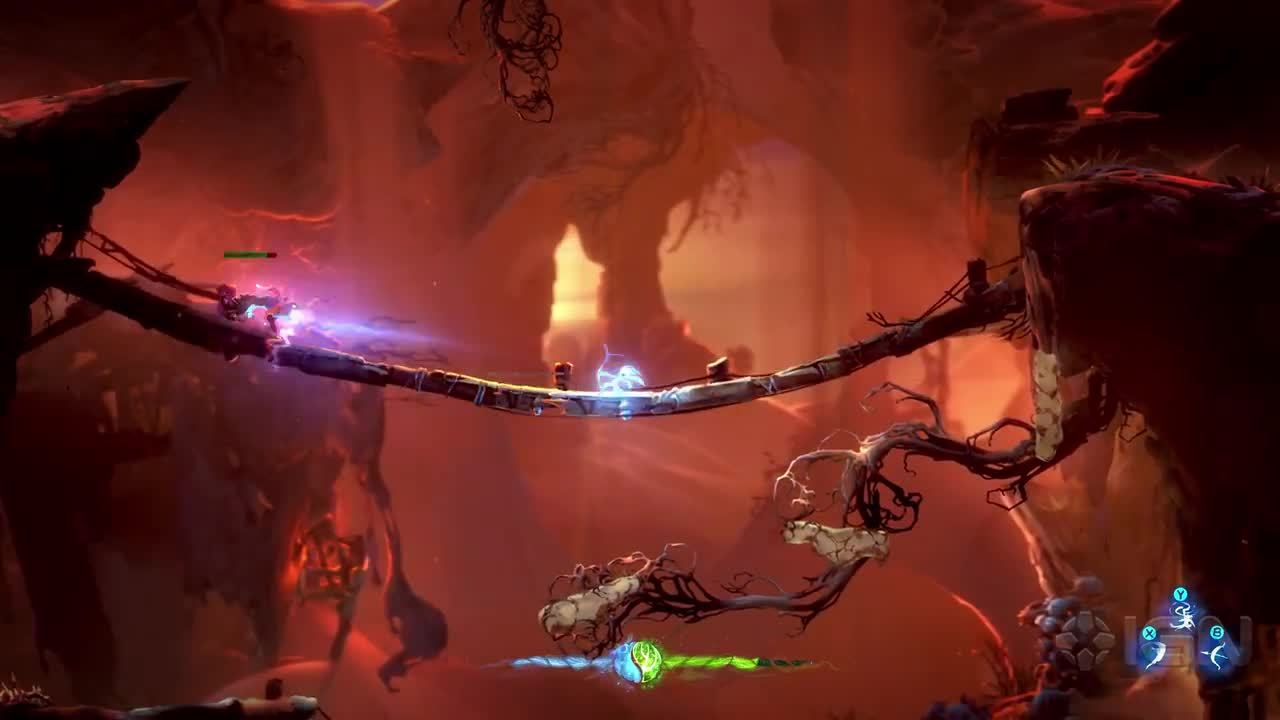
Ori and the Will of the Wisps. Source
What is an object’s visual signature?
A visual signature is a unique hallmark of the movement or shape of an object, which makes it instantly recognizable to the player, even when they see it in motion, from afar, or against a chaotic backdrop. This isn’t only about the trajectory, but also the style and nature of the movement.
Unlike arc animation, which describes the shape of the trajectory of movement (circular, elliptical, irregular), the visual signature is a fingerprint that identifies an object or a character in action. It helps you to distinguish, remember, and emotionally feel what’s happening onscreen.
Examples of visual signatures in games
- League of Legends
Every ability in LoL has its own visual signature: a flash, effect, or trail left after the movement. Not only is this important from an aesthetic point of view, but it’s also important for gameplay: the player should clock what the enemy is doing in a millisecond. For example, Ashe’s arrows chart a recognizable trajectory with a distinctive blue trail—even if you see them in your peripheral vision, your brain still receives the signal.
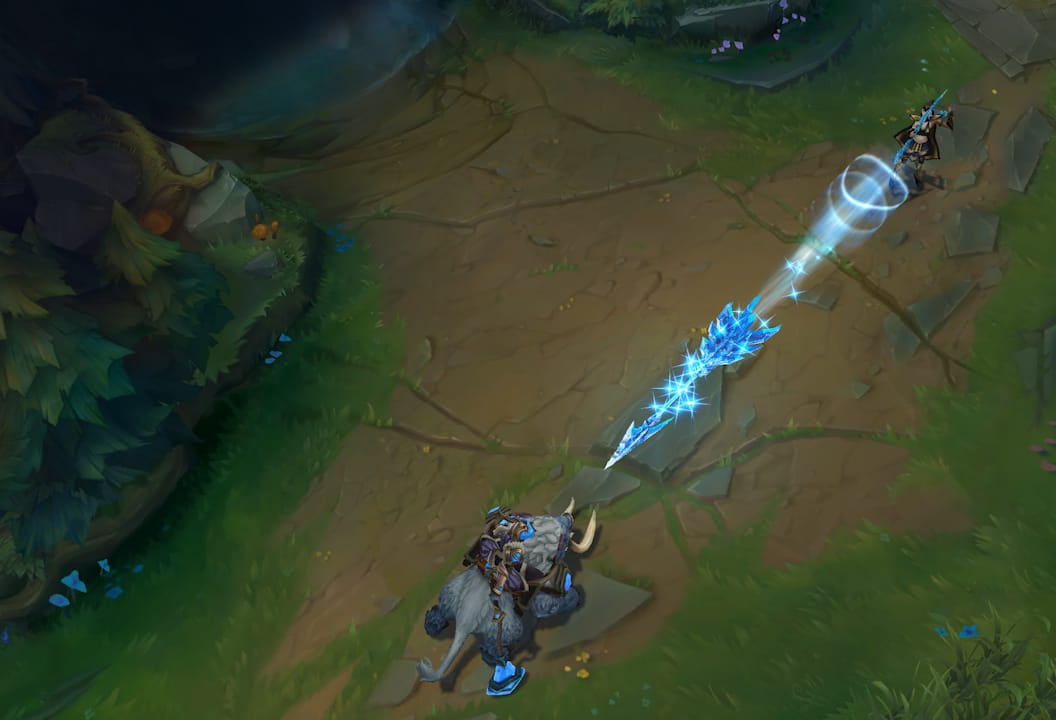
League of Legends. Source
- Bayonetta
In this game, the visual signature of the character and her attacks are a symphony of movements: wide, gracious arcs, elegant pirouettes, and visual trails left in the air. You remember Bayonetta by the way she moves, and these motions express her character more intensely than any dialog could.
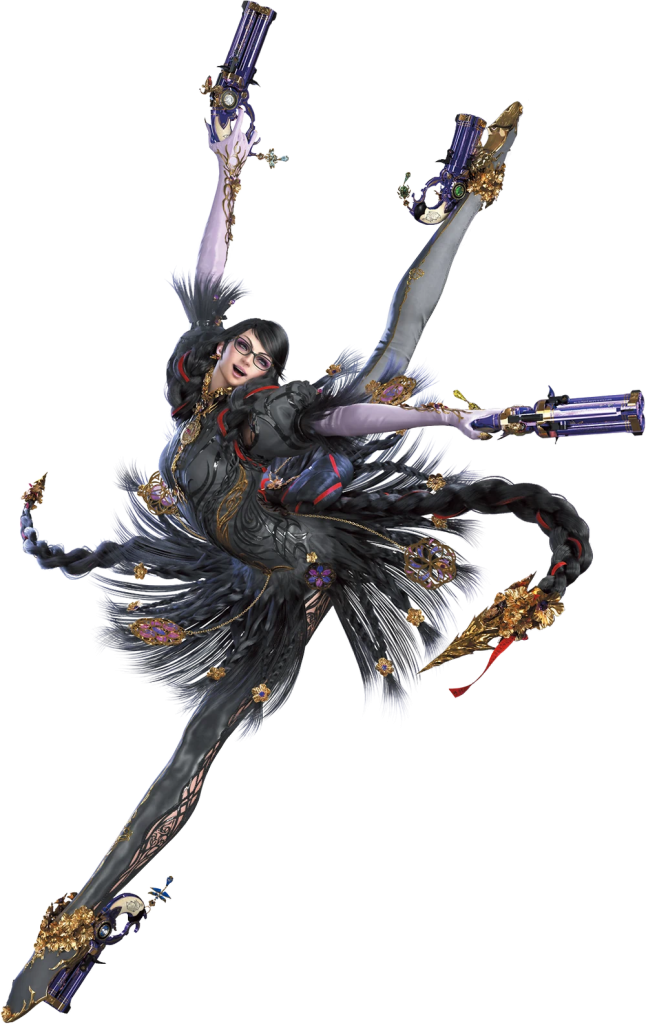
Bayonetta. Source
- Hades (Supergiant Games)
Each of Zagreus’s weapons and abilities has a visual signature. A blade sweeps along an arc, Twin Fists strike with a characteristic flash, and arrows follow swift curves that you can barely catch. These movements make fast-paced battles easier to follow and also strengthen your perception of the “feel” of a weapon.
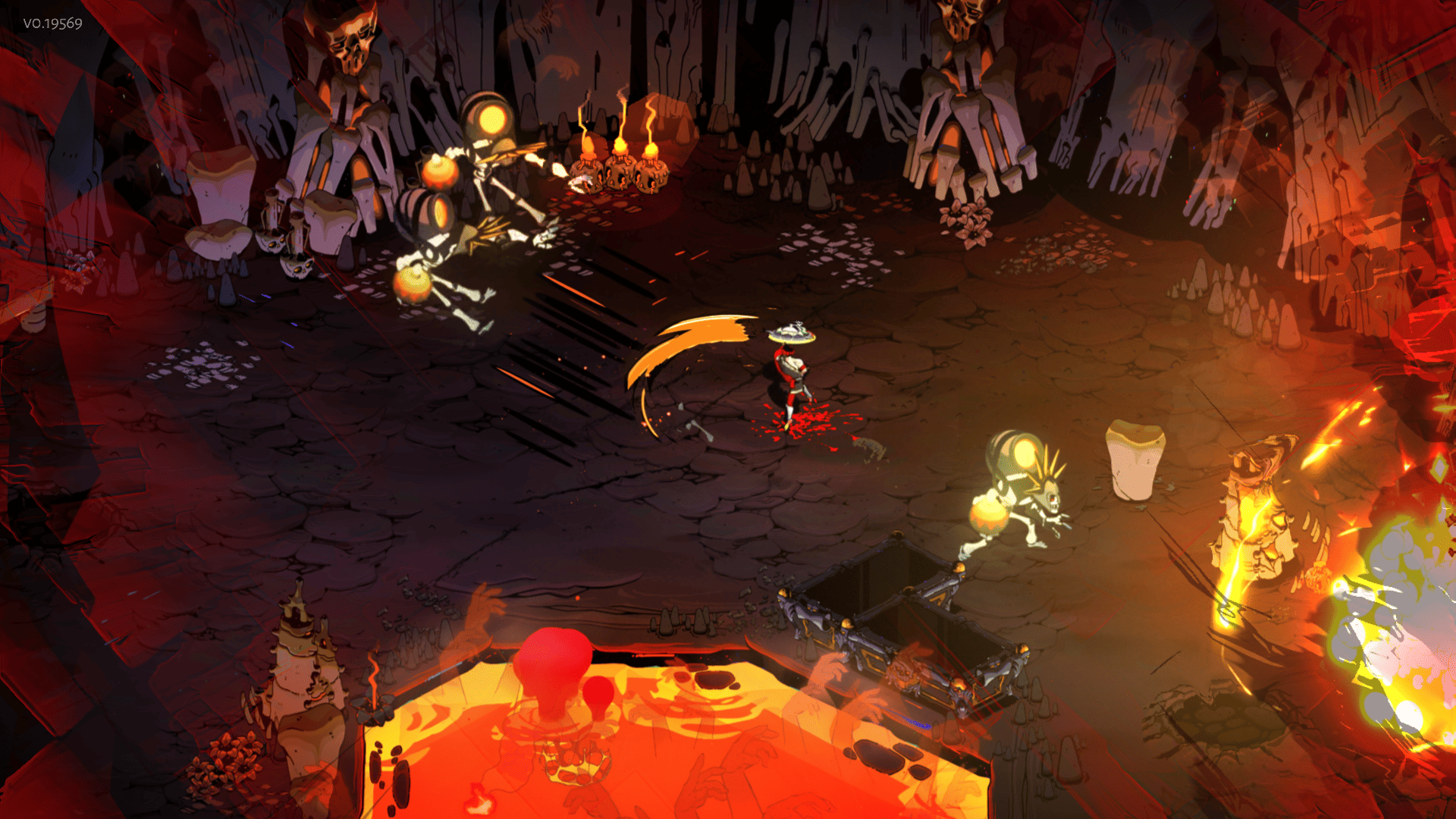
Hades (Supergiant Games). Source
A few more examples from the history of animation
- Super Mario: Mario’s hop always traces an arc, which makes him more predictable and controllable.
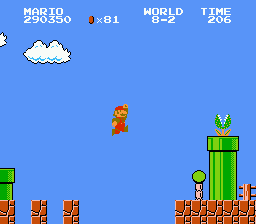
Super Mario. Source
- Cuphead: every attack and movement is built on clear arcs in the spirit of classic 1930s animation.
- Street Fighter: strikes dealt by heroes draw powerful, exaggerated arcs, highlighting their strength and speed.
- Rayman Legends: the arcs that heroes move in are often unconventional: they bend, break up, and accelerate, flouting Newton’s laws of motion.
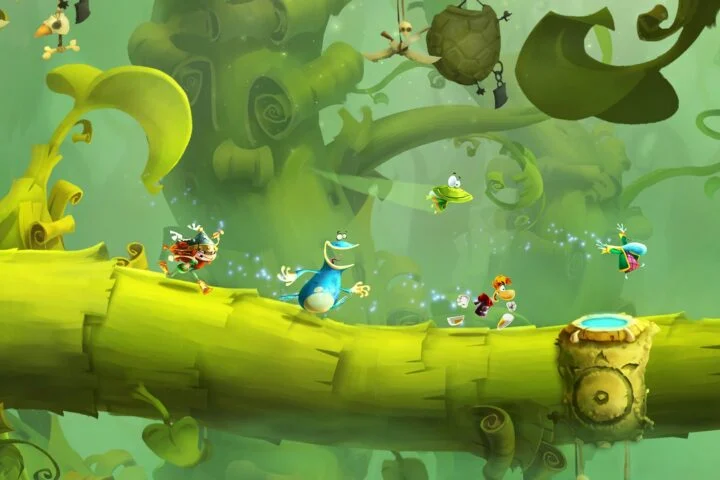
Rayman Legends. Source
- Inside (Playdead): every step taken by the protagonist traces delicate ellipses: from the slightly stooped body to the trajectory of a jump. This adds depth and gives you a feel of the physics at work in the world of the game, even without added visual effects.
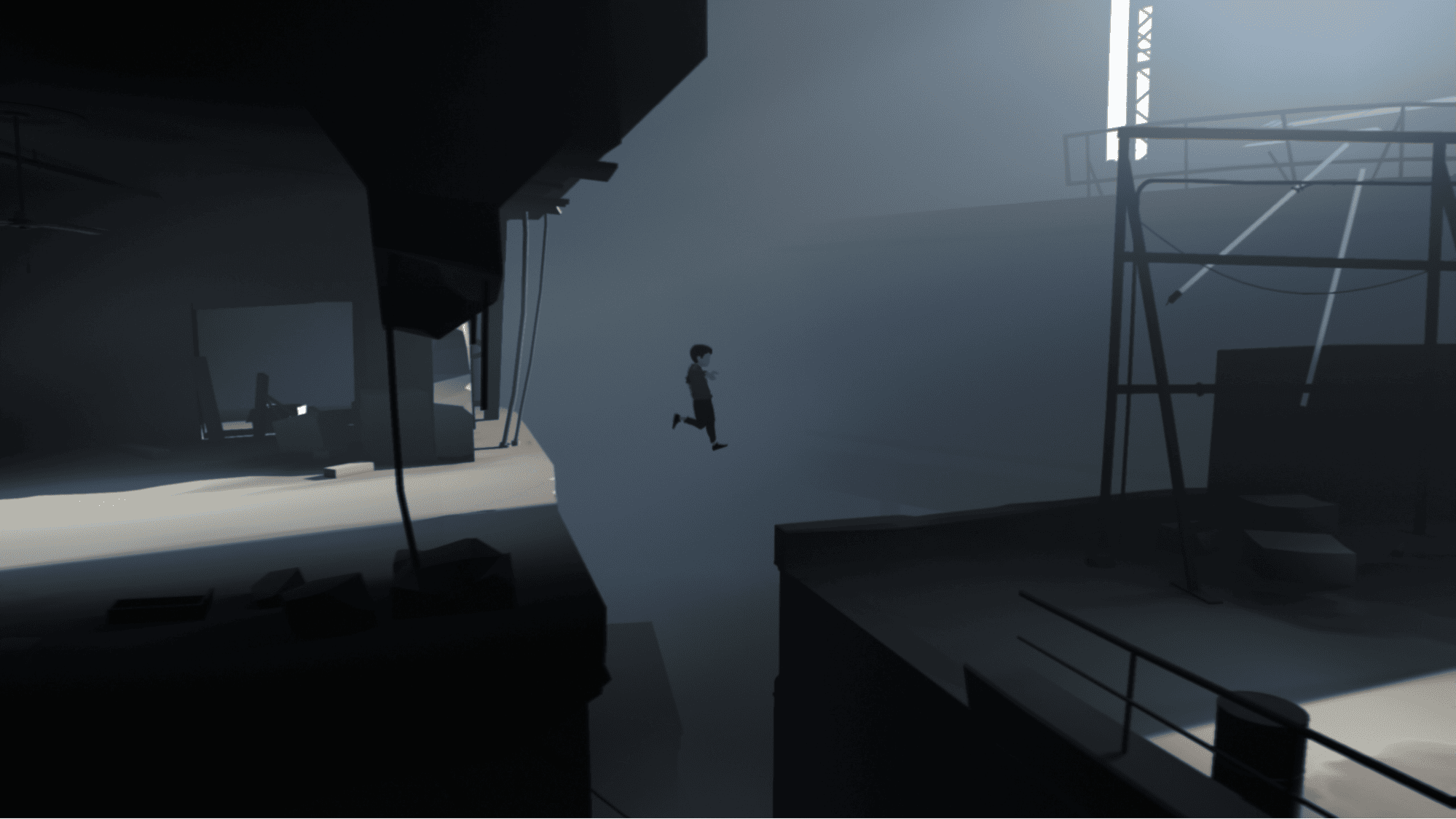
Inside (Playdead). Source
Arcs are used in UI, cutscenes, camera movements—everywhere it’s important to direct attention and convey a sense of movement.
How to implement arc animation in your project
Look at how objects behave in real life
Observation is your starting point. Record videos of how arms, weapons, and bodies move. How does a ball fly through the air? These observations will lay the foundations for your arcs. Real-world physics is the best point of reference.
Think the principles through before visualization
Don’t draw a hit-or-miss animation. Before drawing, analyze how an object should move and why. Build the trajectory, establish key poses, and only then move on to working on the details.
Consult a game outsourcing studio
If you want animation to work in the game and help bring characters to life while still observing physical limitations—it’s better to leave it to professionals you can trust. Not only will a game art outsourcing studio help you with animation, they’ll also create expressive movement, which will become part of the gameplay and the visual language.
Want characters who move dynamically and objects that obey the world’s laws of physics and logic? Contact Inlingo—we’ll help you integrate arc animation into the project at any stage: from concept to integration in the game engine.

